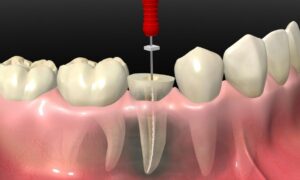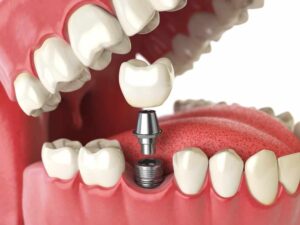Your eyes cannot perceive everything especially if it is at the microscopic level. You may require advanced and more effective methods to detect any disease, trauma, or oral pathology. That’s when dental X-rays become useful. These imaging tests avoid unwanted errors that could impair your treatment plan.
The dental services in Concord, NC offer a comprehensive approach to disease diagnosis through dental X-rays that pave the way for designing accurate treatment plans.
What are dental X-rays?
Dental X-rays, or radiographs, are internal images of your teeth and surrounding structures like the jawbone, sinuses, and TMJ. These are excellent diagnostic tools that aid in examining the structures that are not visible during a routine checkup.
Radiographs use electromagnetic radiation to capture images of your oral cavity and the surrounding structures. These beams are capable of penetrating through your soft tissues and creating images of the teeth and bone.
Why are they used?
Dental X-rays are the most important and useful diagnostic tool in dentistry. They help diagnose a wide range of oral problems, such as:
- Dental caries, especially if the infection involves small areas between the teeth (interdental)
- Secondary caries beneath existing restorations
- Bone loss in your jaw
- Specific areas of infection
- The exact position of the third molars and impaction (a condition when the third molar is unerupted or partially erupted)
- Tooth abscess (pus-filled pocket)
- Cysts (fluid-filled sacs) and tumors (abnormal tissue growth)
Dental X-rays also help evaluate your bone health to determine your eligibility for treatments like dental implants, dentures, and orthodontic braces. Furthermore, dentists can use X-rays to assess the healing process and treatment outcomes of dental procedures like bone grafting and root canal therapy.
What are the types of dental X-rays?
Dental X-rays can be classified into the following categories:
- Intraoral X-rays (the X-ray film is inside the mouth)
- Bitewing
- Periapical
- occlusal
- Extraoral X-rays (the X-ray film outside the mouth)
- Panoramic
- Cephalometric
- Cone beam CT scan
Are dental X-rays safe?
Dental X-rays produce a low level of radiation and are considered safe. The amount of radiation exposure due to a full mouth X-ray is equal to the amount that you may receive in a single day from other sources like smartphones, TV, or computer screens. However, preventive measures like using lead aprons and digital X-rays can limit your radiation exposure.
Keynote
Dental X-rays are essential diagnostic tools for proper oral health and maintenance. These are safe and effective and pave the way for an accurate diagnosis and treatment. However, they are considered mandatory only when deemed necessary.




